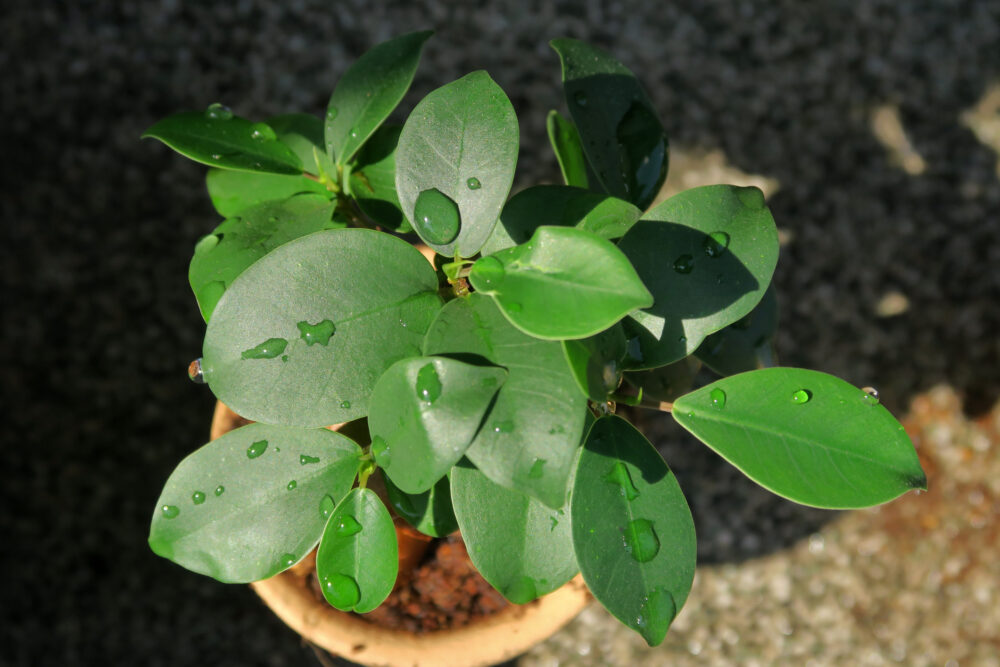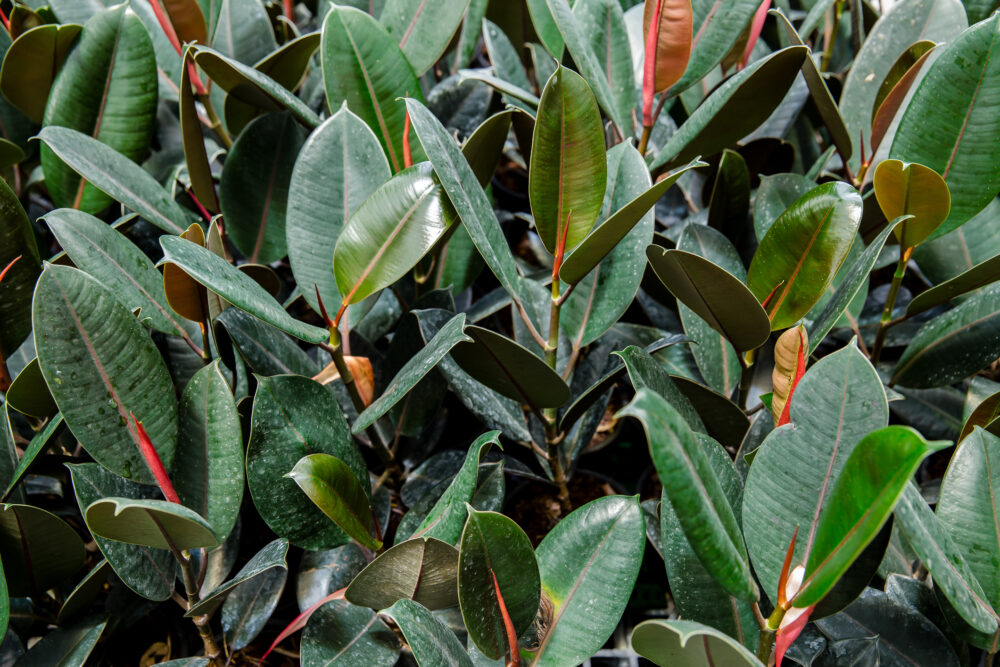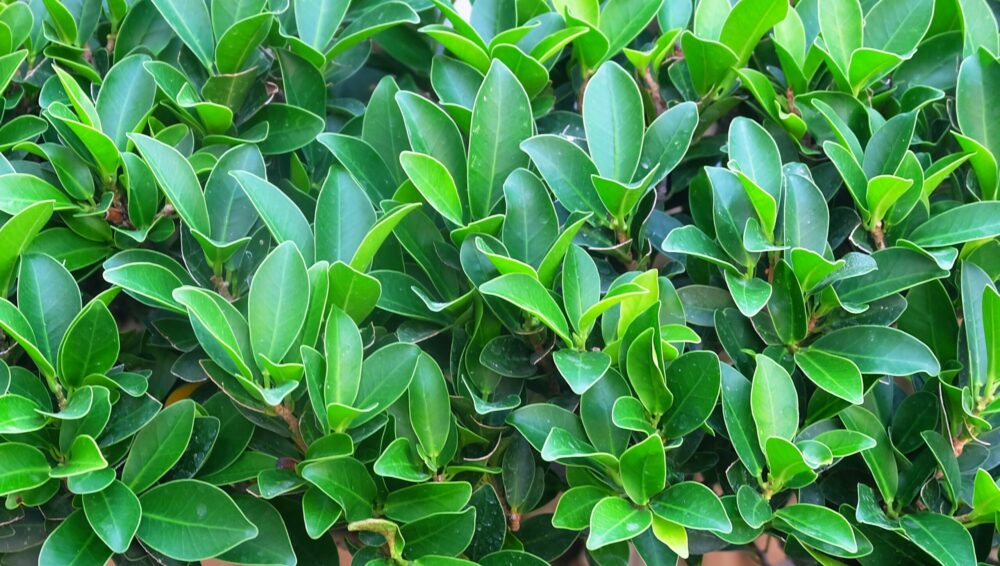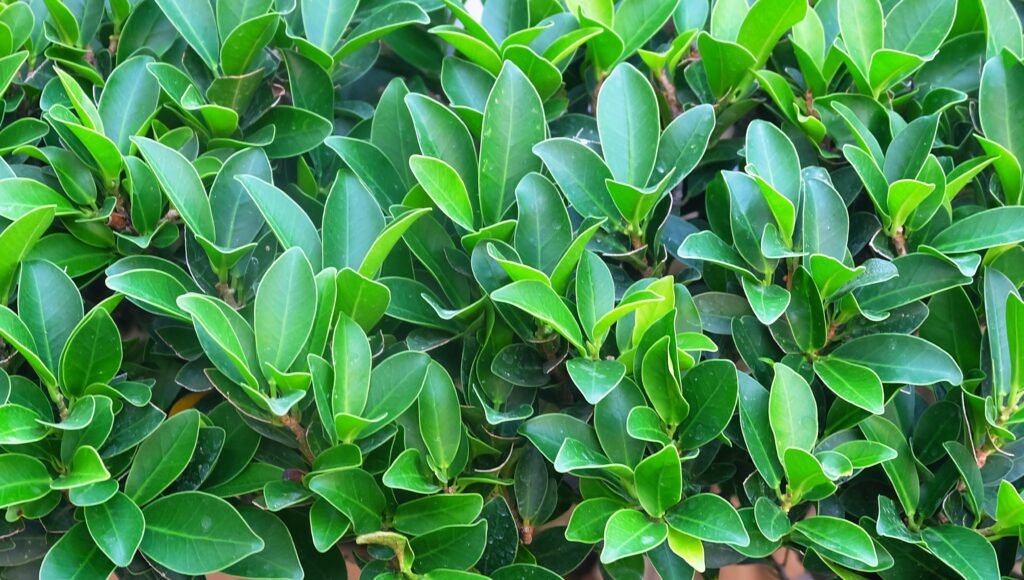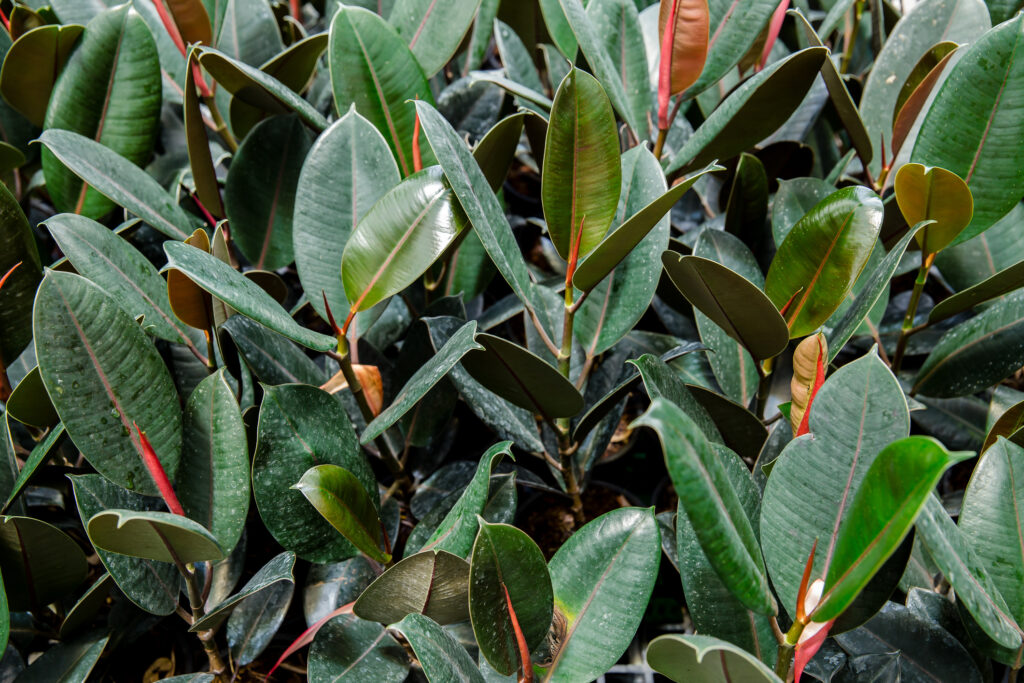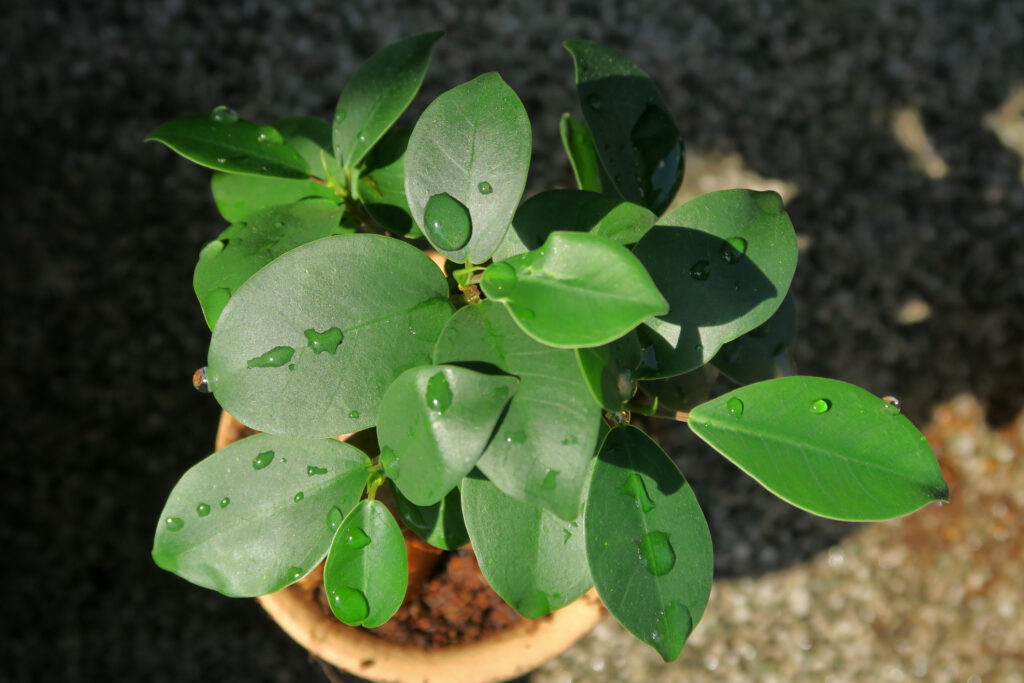Ficus Microcarpa Care: Tips on Growing & Caring For The Green Island Ficus Tree
We’ve been asked more times than I can count whether houseplants considered indoor trees are easy to care for. Well, most are, and that includes the Green Island Ficus. This variety discovered by the Florida Nurserymen and Growers Association (FNGLA) can fit as both a houseplant or be used for outdoor bordering.
Being a low-maintenance plant, it’s no wonder why the Green Island Ficus,also known as the Ficus Microcarpa, is quite popular across North Florida. And that made it bag itself an award back in the year 2000.
Green Island Ficus at a Glance
The Green Island Ficus has gleaming and dense green leaves that look notably similar to those of the jade plant. Most homeowners have a soft spot for this miniature houseplant because of its capacity to blend with any corner of your indoor space.
If you manage to give it the growing conditions it’s been natively accustomed to, it could reach up to 20” feet tall and develop a gigantic canopy, especially when grown outdoors. But most of those sold in nurseries and gardening stores across North America are usually smaller in size.
They would reach up to 8” feet tall when they’re under neglect. Apart from being used as an outdoor bordering plant, this Ficus variety is also perfect for ground cover. You can fine-tune its shape by regularly trimming it to suit the size and height you’ve been longing for. To make it look closely similar to the Japanese bonsai tree, you want to trim it at an early sprouting stage.
Green Island Ficus Caring Tips
Flowering & Fragrance
It’s quite maddening that the Green Island Ficus hardly produces any flowers even under the most favorable growing season and nurturing conditions. So, don’t anticipate a blooming stage, as is the case with other Moraceae family species. Instead, you want to consider growing this epiphyte for its dense green flowers that could make perfect borders in your garden.
Light & Temperature
Being a tropical plant, you’d expect the Ficus to do strikingly well under warm and humid conditions. Carrying tropical traits, this shrub grows remarkably wild under USDA hardiness zones 9 through 11.
If there are cold and dry seasons in your region, it’s ideal for growing your green island Ficus in a container indoors so you can move it indoors when the temperatures fall significantly. When growing it outdoors, make sure it receives bright light, but also consider placing your Ficus plant under partial shade to protect the leaves from getting sunburned.
If the humidity levels are low, making the surrounding air too dry, it’s ideal for filtering the sun rays, which helps the soil retain some moisture bits. Make sure your Ficus gets at least 6 hours of bright indirect light every day if it’s growing indoors.
Most adept gardeners place the container in an enclosed porch where more humidity can get trapped, compared to other parts of the house such as a windowsill. Even though this houseplant prefers a warmer environment, it can survive under low temperatures between 20 to 30 degrees Fahrenheit.
But for the most part, it needs a frost-free climate, so moving it indoors and tweaking the room temperature during winter would help a bunch to keep your Ficus in a sprightly condition.
Watering & Feeding
The Green Island Ficus doesn’t have any intense watering needs. You can water it quite frequently during the warmer months, say, twice or thrice per week, till it hits maturity. You need to use the ‘soak and dry’ method to water your Ficus.
Use a growing pot with enough drainage holes to let out excess water that could potentially damage the roots. Give the soil grace period to dry out completely before watering your Ficus again to keep it from diseases caused by overwatering.
Noting the fact that this houseplant is somewhat drought-tolerant, that’s not to mean you should neglect it entirely. If you’re growing it outdoors, water your green island evenly, especially when the rainfall patterns are infrequent.
Using fertilizer isn’t necessary but could make a solid difference mostly if you’re looking to have a sturdy and timeless-green houseplant. Use soluble fertilizer every 4 weeks during summer and spring. Avoid fertilizing your green island during winter when the growth hormones are dormant.
Soil & Transplanting
While preparing the growing medium, you need to use normal potting soil with sufficient drainage capacity. The Green Island Ficus isn’t overly demanding when it comes to soil and transplant needs, except for when the temperatures are freezing or if the humidity levels are low.
Amending the soil with peat moss would help it retain some bits of moisture, while compost manure lessens the need to use synthetic fertilizers, which come with their own set of side effects. This Ficus variety is naturally a slow-growing plant, so you won’t need to transplant it into a bigger container anytime soon after adopting it.
But if need be, one of the best times to transplant it is during spring when the growth hormones are quite active. If you’re looking to grow a couple of them, place them about 2 to 3 feet apart since green islands tend to spread out as they grow older.
Grooming & Maintenance
As a petite houseplant, grooming isn’t quite needful, except for when some parts of the plant look a little off. Pluck off the leaves which look wilted or are showing signs of a bacterial infection. Make sure to sterilize your pruning tools, so you don’t infect other parts of the plant with diseases that are most often hard to treat.
To accelerate an upscaled growth rate, get rid of the dead leaves and branches. You can trim your Ficus only twice per year if there are no alarming conditions forming up on the leaves or branches. But if you like your Ficus short and even, then you can control the size a lot more often.
Pests & Diseases
What’s impressive about this variety is there are no major pests or diseases it struggles with. Typically, you’ll just have to deal with mealybugs and scale insects which mostly tend to find the underside of the leaves quite habitable. As a control measure, spray neem oil mostly on the affected areas.
A report from the Department of Agricultural Sciences in Pennsylvania State University suggests that yellow spots forming on the leaves could be a sign that you’re overhead watering your green island ficus. A fungal infection mainly causes such a condition,and a quick home remedy would be to spray baking soda on the areas that appear extremely affected.
If the yellow spots begin to turn brown, causing the leaves to fall, this could mean your plant is suffering from a bacterial infection. The same conditions could also prevail if the moisture and humidity levels in the soil are low. Don’t place your Ficus near an air conditioner since the leaves will get botched beyond repair.
How to Propagate the Ficus Microcarpa ‘Green Island’
One of the most facile ways to propagate your green island is through root cuttings. Its root system burgeons much faster and can elongate a couple of feet, compared to using stem cuttings. To get over with the propagation exercises, you need to:
- Dissect a few root cuttings from a younger plant.
- Dip the cuttings in rooting hormone if you want to speed up the formation of the roots.
- You don’t need to place it outside to dry.
- Put the root cuttings inside a glass jar full of clean water.
- Place the glass jar on a windowsill where it can get access to natural bright light.
- After a few weeks, the cutting will begin to form its own roots and eventually become a mature plant.
- You’ll later need to transfer it in a container with the right soil requirements it requires to become a well-conditioned houseplant.
- Use protective gear while handling this plant since some parts have sap that’s toxic to humans and pets.
Benefits & Uses of the Green Island Ficus
Most gardeners use this Ficus variety for their bordering needs or as a foundation shrub. It also grows indoors without hitches so long as the room growing conditions are suitable for its overall development. When sitting in a large container, it grows into a bush that can be trimmed to be a miniature bonsai tree.
You can grow this Ficus variety along a fence or around trees that can allow light to pass through their canopies. The best part about it is it’s not invasive and hardly needs to be transplanted into a bigger container even during the later years.
